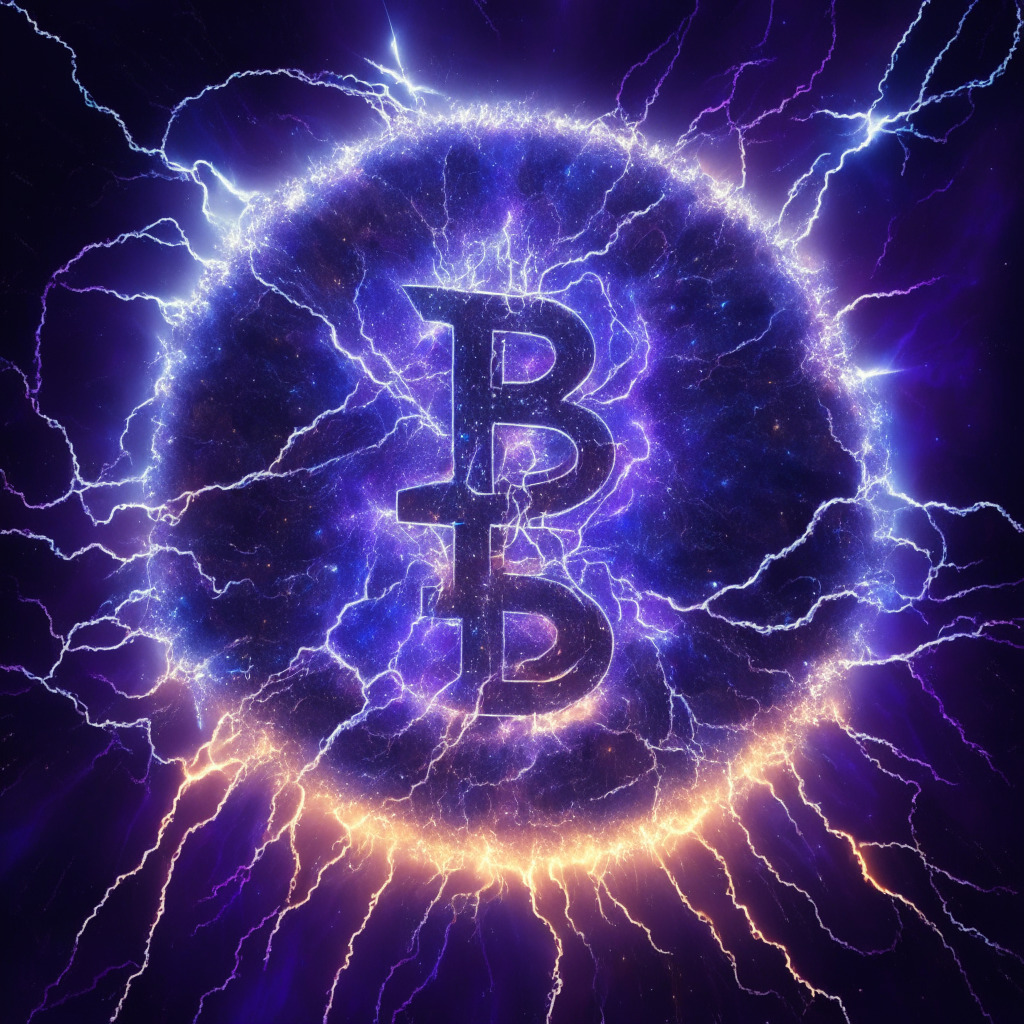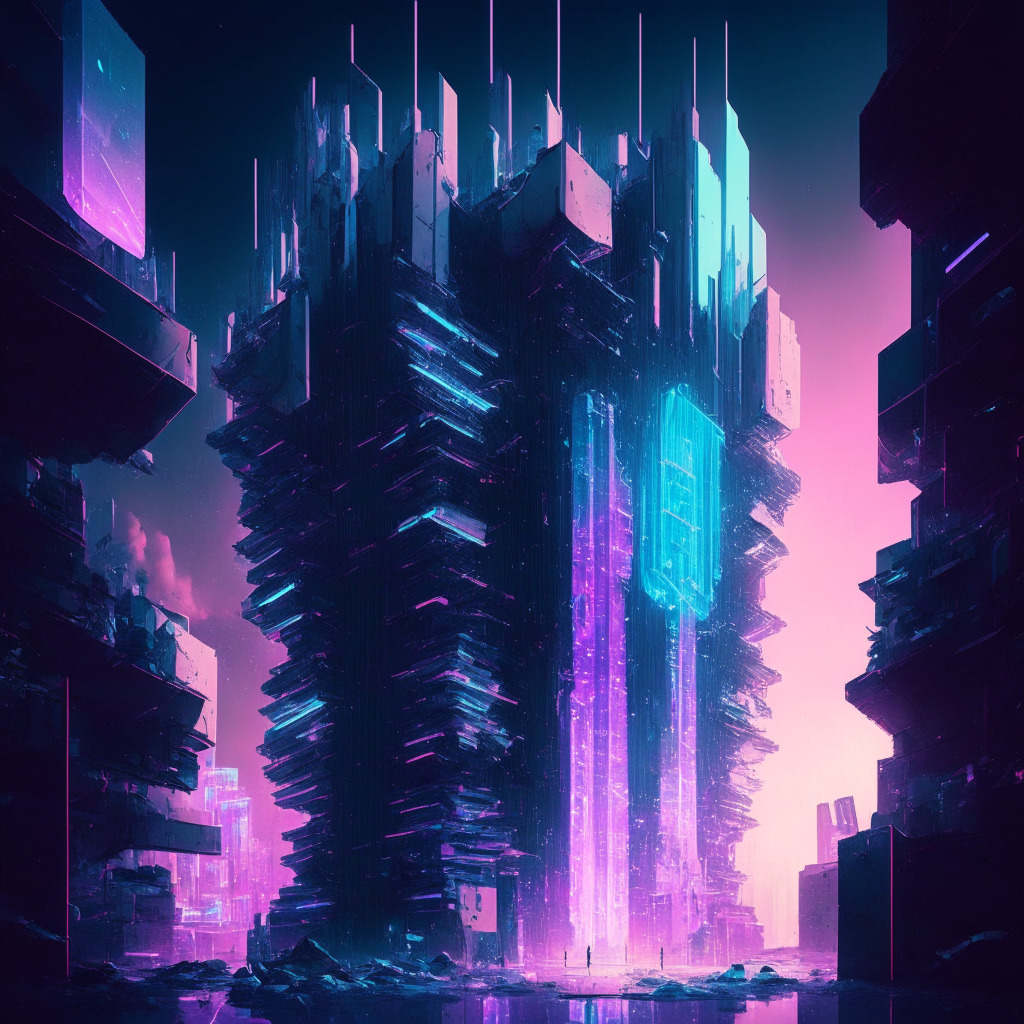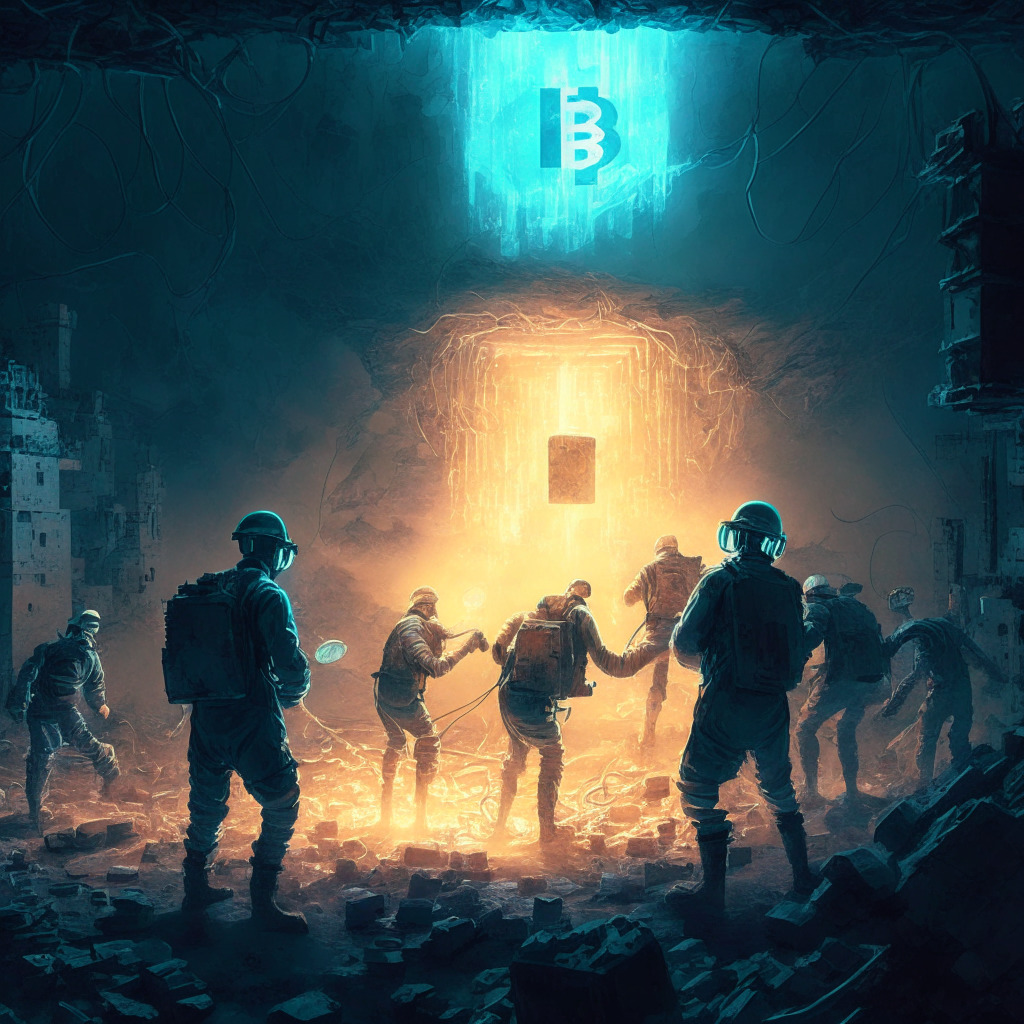Deep in the heart of the crypto universe, Luminex, a launchpad platform for Bitcoin Ordinals, suggests a transformational concept that might re-define the crypto markets. Introducing a new BRC-69 standard, there’s a promise of a remarkable plunge in inscription costs. This revolutionary thinking could see a drop of more than 90%. While some may find such significant savings startling, the idea could be a much-needed relief in an ever-growing, competitive marketplace.
Let’s get technical for a moment. Ordinal inscriptions – digital assets akin to NFTs – are etched on a Satoshi, the smallest Bitcoin denomination. Bitcoin Ordinals are on-chain; they’re directly written on the Bitcoin network, a feature that used to be limited by a 4-megabyte capacity.
Luminex argues that it’s time to unlock the shackles of the past. According to their GitHub, the world is ripe for dynamic solutions where creators can expand their horizons and fuel efficiency. Enter BRC-69, seemingly the magic formula to bypass the inscription cut-off point, with the clever use of “Recursive Inscription”. In layman’s terms, this means utilising data from current inscriptions within fresh ones.
Exploring the nitty-gritty behind how BRC-69 operates reveals an intriguing four-step process of inscribing traits, deploying the collection, compiling it, and finally minting assets. More than that, it sets the stage for some potential jaw-dropping, on-chain features, such as pre-reveal collection launching and on-chain reveals.
The safety and efficiency of BRC-69 are elevating, but that’s only the half of it. Developers argue that it tackles efficiency issues and further optimizes storage safety for artwork on-chain. The art, it appears, is held on-chain in a fashion that is far more efficient, potentially saving over a million dollars in transaction fees in the case of Bitcoin Apes.
This enigmatic leap forward dates back to June 12 when Ordinal developers surfaced recursive inscriptions to conquer Bitcoin’s 4MB block cap, limiting the NFTs’ size. As pointed out by developer Leonidas, the creator of the Ord.io marketplace, recursive inscriptions knock many use cases wide open.
Notwithstanding having immense potential, there is still a degree of uncertainty around usage. However, regardless of its future utilisation, the move testifies to a critical moment in Bitcoin’s history. When the Ordinals protocol came into prominence earlier this year, enabling the BRC-20 tokens and NFTs creation, Bitcoin transactions and fees saw a noteworthy increase.
Despite the concerning rise in costs, this latest pivot towards a cost-efficient system offers welcome light at the end of the tunnel. For those with a cautious eye on crypto evolutions, this exciting development is certainly one to watch.
Source: Cryptonews




